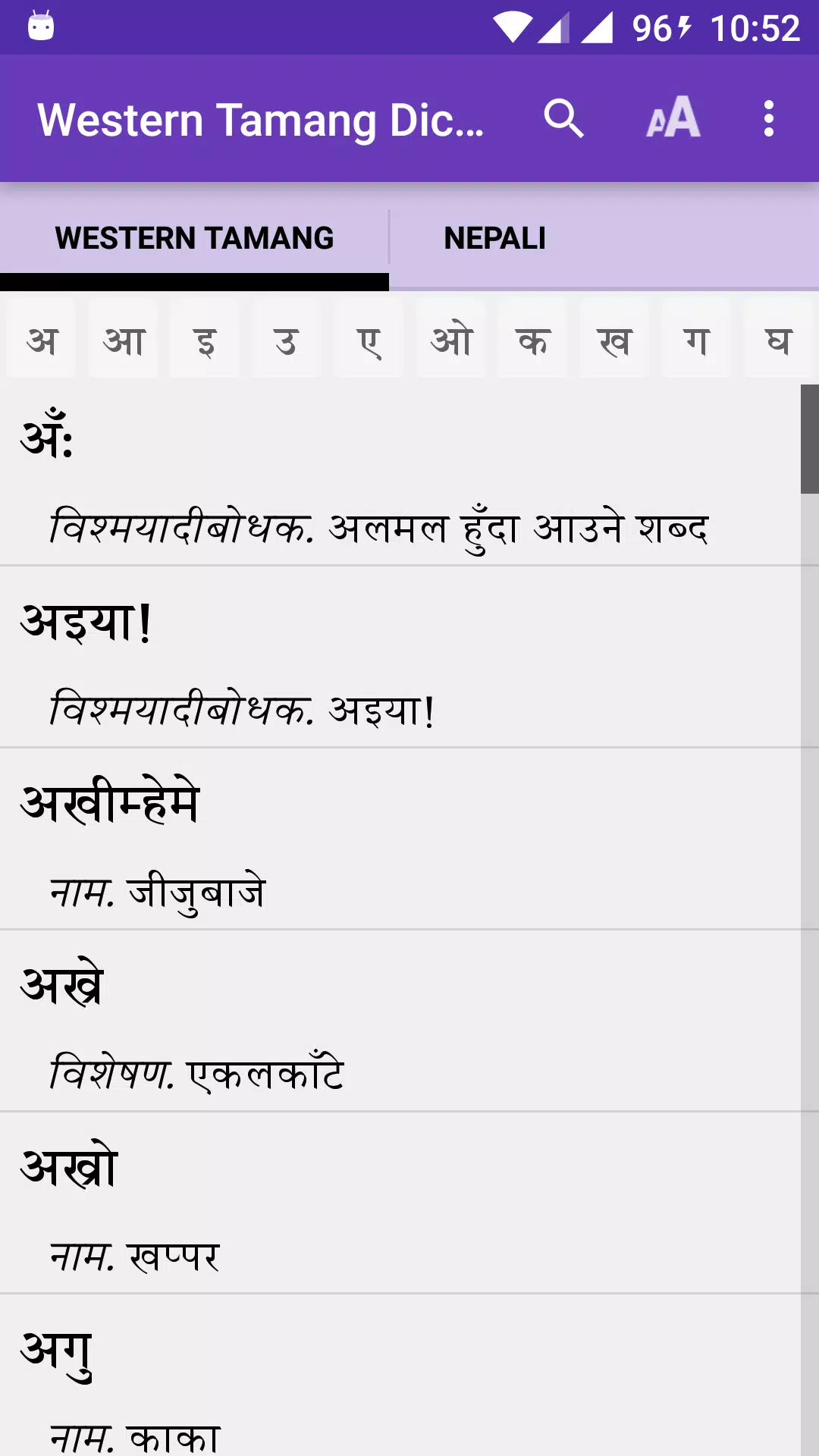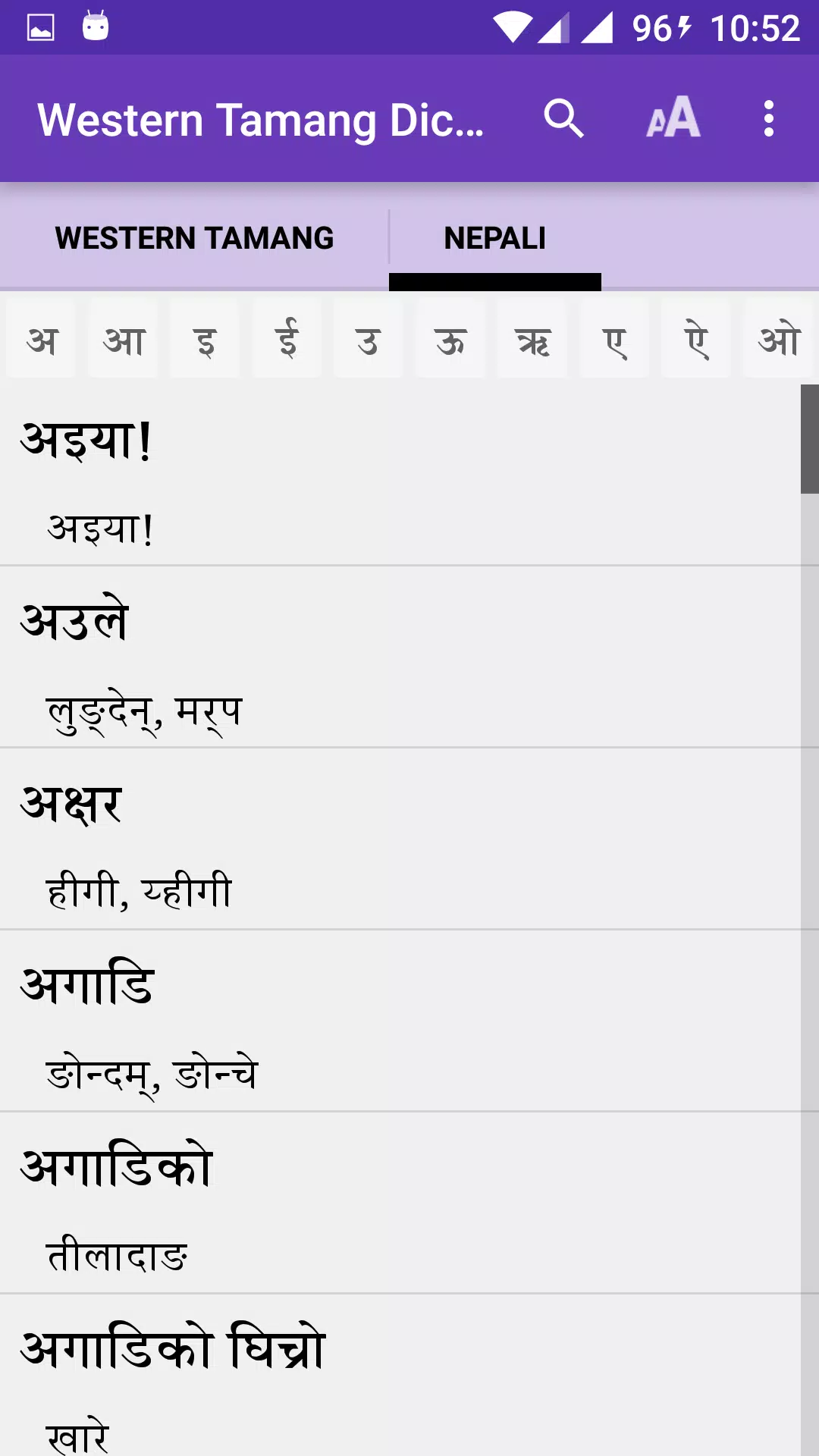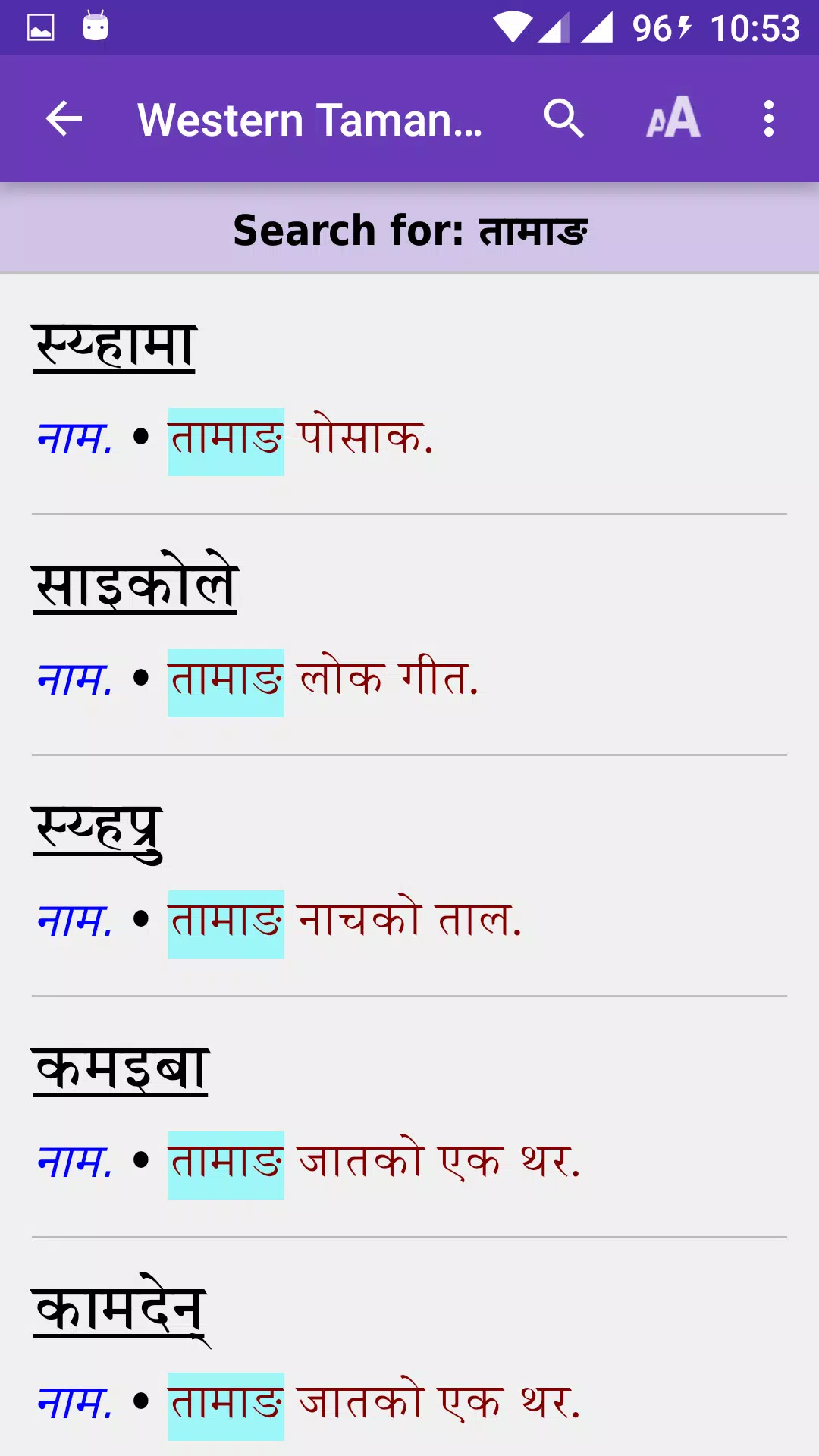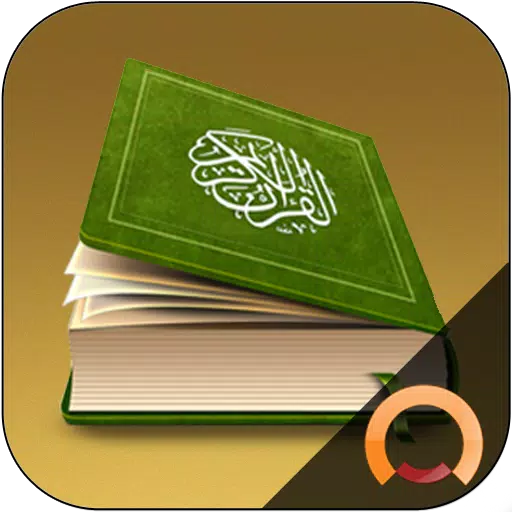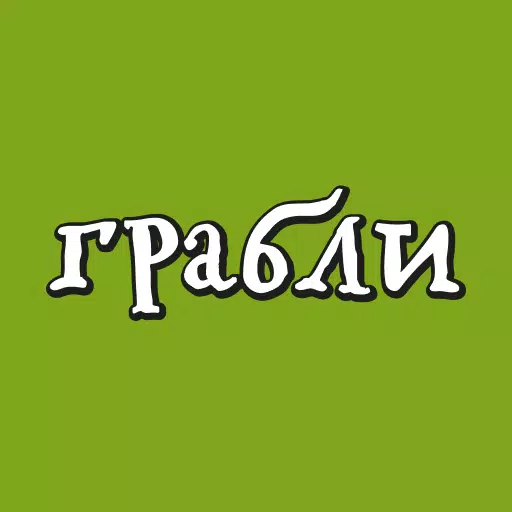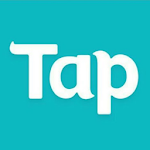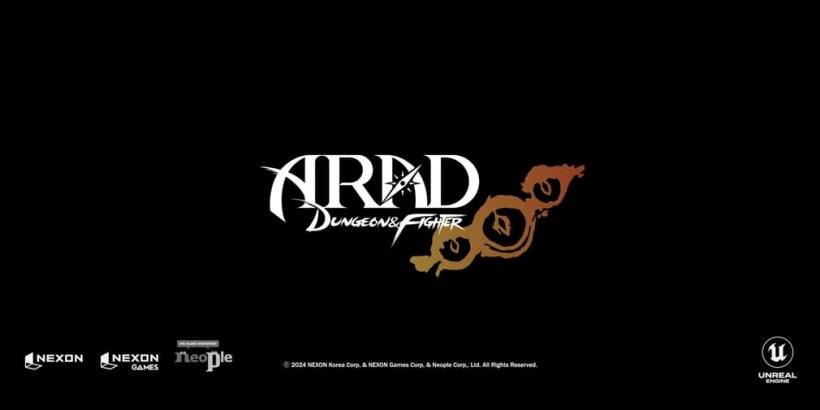Western Tamang - Nepali Dictionary
Tamang is a vibrant language spoken by the Tamang speech community. According to the 2011 Census in Nepal, Tamang ranks as the 5th most spoken language, with 5.1% of the population using it. This language falls under the Tibeto-Burman subgroup of the Sino-Tibetan language family. While the majority of Tamang speakers reside around the Kathmandu Valley, the Tamang ethnic group is also spread across various districts in Nepal. Recognized for its unique cultural identity, the Nepal government officially categorized Tamang as an indigenous ethnic community in 2058 VS. Furthermore, both the interim constitution of 2063 VS and the recent constitution of 2072 VS have given Tamang the status of a national language.
The 'Do:ra song' narrates that the Western Tamang people migrated from Tibet to Nepal, entering through 'Same' in the Himalayas. This migration led to the establishment of Tamang communities in locations such as 'Rhirhap', 'Gyagarden', below 'Bompo' and 'Lambu', and just above 'Same'. In Tamang culture, influenced by beliefs from Lama, Bompo, and Lambu, the dead are oriented with their heads to the south and bodies taken upwards, symbolizing the Earth's tail (Sa) in the north and its head (me) in the south. This cultural belief system underscores the significance of 'Same' as the 'tail of the Earth' and highlights the journey from the tail to the head.
Despite not having a standardized grammar, Tamang is divided into two primary dialects: Eastern and Western. Eastern Tamang, originating from the Langtang Himal region east of the Trisuli River, is known as 'Syarba'. Conversely, Western Tamang, spoken in the districts of Rasuwa, Nuwakot, Dhading, Gorkha, Lamjung, Chitawan, and Kanchanpur, is referred to as 'Nhurba' or 'Nhuppa'.
This bilingual dictionary is a collaborative effort by members of the Western Tamang speech community from the aforementioned districts. It translates Tamang words into Nepali, making it a valuable resource for comparative linguistic studies. However, the increasing influence of Nepali, the dominant lingua franca, poses a significant threat to the survival of Western Tamang as a mother tongue. This dictionary plays a crucial role in the preservation, promotion, and development of the language.
Lastly, there is a strong commitment to continually enhance and mature this dictionary. The Western Tamang speech community, along with stakeholders, readers, organizations, and relevant authorities, are encouraged to provide insightful comments and feedback to further improve this resource.
What's New in the Latest Version 1.7
Last updated on Sep 29, 2024
- Updated on July 30, 2024
- New Android SDK integration

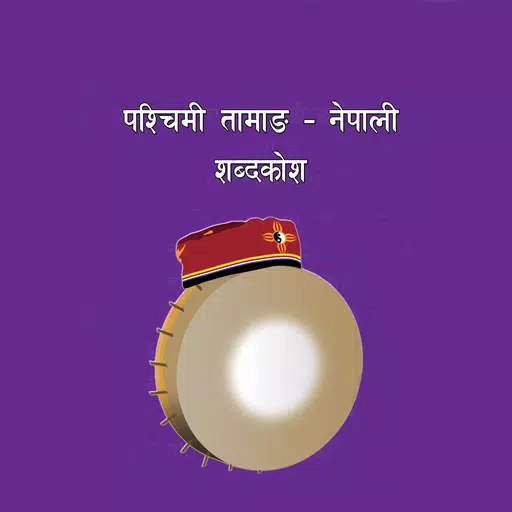
 Download
Download